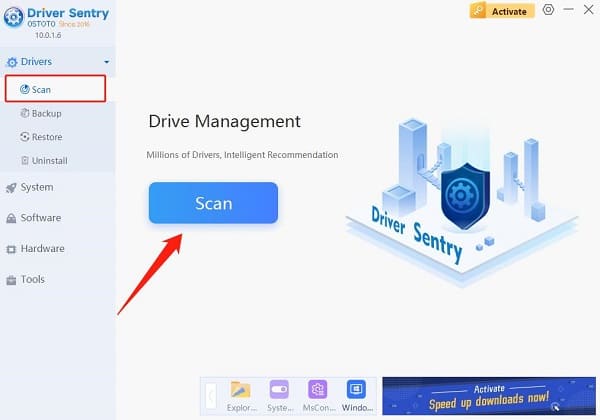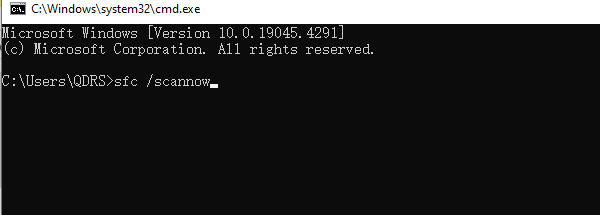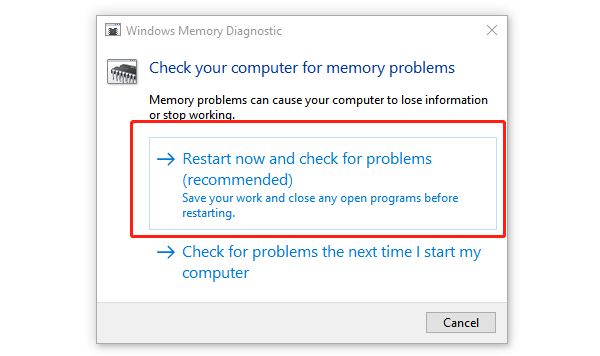
The Windows operating system may face the "Critical Structure Corruption" error, impacting normal operation. This article offers solutions to help you fix the error and restore your computer's functionality.
What is Critical Structure Corruption
Critical Structure Corruption usually refers to the damage of some important files or data structures within the Windows system. This damage can be caused by failed system updates, hardware failures, virus infections, or improper shutdowns. When critical system files are damaged, Windows cannot operate normally, resulting in blue screen crashes (BSOD) or startup failures.
Method 1: Check Hardware
Ensure all hardware connections are secure, including power cables, monitors, keyboards, and mouse. Unplug and reconnect these devices to verify stability.
Remove all external devices (like USB drives and printers), then reconnect them one by one to identify any problematic device.
For desktop computers, open the case to check that internal components (memory modules, graphics cards, hard drives) are securely installed and look for dust accumulation or visible damage.
Method 2: Update Drivers
Outdated or corrupted drivers can lead to critical structure corruption, so timely driver updates are crucial for system stability. It is recommended to use Driver Sentry to automatically detect and update drivers, saving time and avoiding the risk of downloading or installing incorrect drivers.
Click the download button to get the latest version of Driver Sentry. After installation, open the software and click "Scan".

After scanning, it will display which drivers are missing or need updating. Find the graphics driver in the results list and click the "Upgrade" button.
Once the update is complete, it is advisable to restart your computer to ensure the updated drivers take effect.
Method 3: Perform a Clean Boot
Press Win + R, type "msconfig", and press Enter.
In the "General" tab, select "Selective startup" and uncheck "Load startup items".
Switch to the "Services" tab, check "Hide all Microsoft services", then click "Disable all".

Click "OK" and restart your computer to see if the issue persists. This can help determine if a startup item or service is causing system problems.
Method 4: Run System File Checker (SFC)
Press Win + R, type "cmd", and press Enter.
Right-click the Command Prompt icon and select "Run as administrator".
In the Command Prompt window, type "sfc /scannow" and press Enter. The system will automatically scan and repair any corrupted system files.

After the scan is complete, it is advisable to restart your computer to apply the changes.
Method 5: Check Disk Errors
Open the Command Prompt again and run it as administrator.
Type "chkdsk C: /f /r" (replace C: with the appropriate drive letter if necessary) and press Enter.
The system may prompt you to check the disk on the next restart; type "Y" to confirm.
Upon reboot, the system will automatically check and repair disk errors.
Method 6: Run Windows Memory Diagnostic Tool
Press Win + R, type "mdsched.exe", and press Enter.
Select "Restart now and check for problems".

The system will reboot and perform a memory test, automatically displaying results upon completion.
Based on the results, determine if there are memory issues, and consider replacing memory modules if necessary.
Method 7: Reinstall Windows
Backup important data before reinstalling the system to avoid loss.
Download the Windows installation tool and follow the instructions to create a bootable USB installation drive.
Insert the USB into the computer, restart, and enter BIOS settings to select booting from USB.
Follow the installation wizard, choose to perform a clean installation of Windows, and complete system settings afterward.
By following these steps, you can check and repair critical structure corruption issues in Windows to ensure normal operation. If the problem continues, seek professional technical support.
See also:
How to Fix Silent Hill 2 Remake Crashing
Fix Windows Boot Manager not showing in BIOS